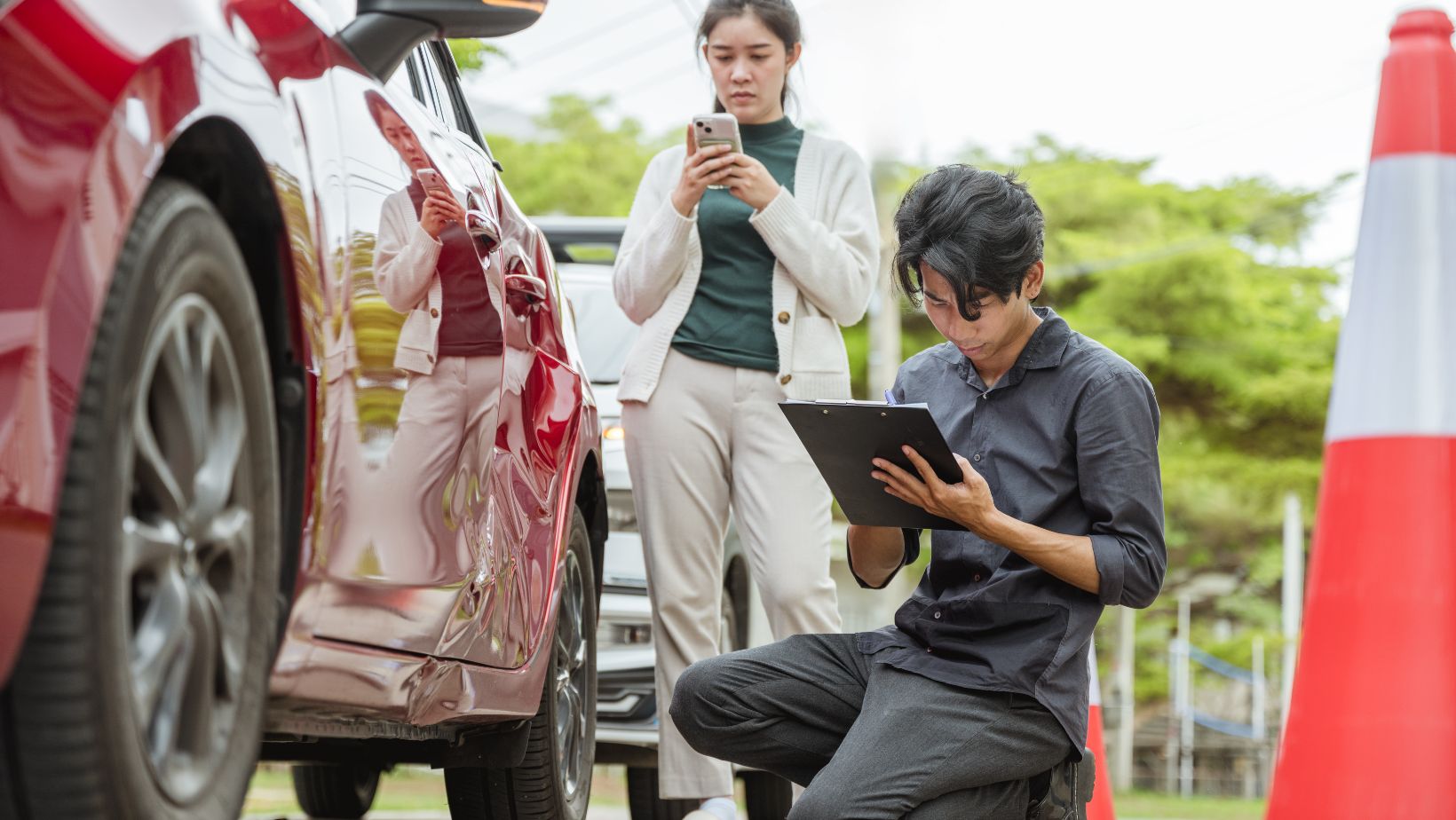Your smartphone transforms into an essential legal tool the moment a collision occurs. Beyond its everyday functions, your device contains features designed specifically for emergencies and capabilities that can strengthen your insurance claim or legal case. Understanding how to use these tools properly can make the difference between a successful settlement and a disputed claim.
Activate Emergency Features First
Modern smartphones come equipped with automated crash detection systems that can save lives. iPhones and Apple Watches detect severe car crashes using sensors and will sound an alarm while displaying an alert, automatically calling emergency services after 20 seconds and sending messages to your emergency contacts.
On Android devices, particularly Google Pixel phones, you can trigger Emergency SOS by pressing the power button five times, which initiates emergency calls, shares your location with emergency contacts, and can record video.
These features require setup before an accident occurs. Samsung Galaxy users should configure their SOS emergency contact feature to send an SOS message along with location links, audio clips, and photos by clicking the power button three or four times.
Consult Legal Guidance Before Making Statements
After documenting the scene and ensuring everyone’s safety, your next call should be to legal counsel, especially if injuries occurred. An Oklahoma City personal injury law firm can provide immediate guidance about what information to share with insurance adjusters and what details to protect.
Insurance companies begin investigating claims immediately, often contacting accident victims within hours. What you say in those first conversations shapes how your claim proceeds. Legal professionals understand which statements protect your interests and which ones insurance companies might use to minimize your settlement.
Your phone provides instant access to legal advice when you need it most. Many law firms offer emergency hotlines for accident victims, and a brief consultation before speaking with insurers can prevent costly mistakes. Save your attorney’s contact information where you can find it quickly, and don’t hesitate to reach out before providing recorded statements to any insurance company.
Document Everything Through Your Camera
The photos you capture immediately after a crash serve as frozen evidence that cannot be altered or disputed later. Smartphone cameras should capture wide-angle shots from multiple angles to establish context and show how vehicles are positioned relative to each other and the surroundings. Stand back from the scene to photograph both vehicles and the surrounding road conditions, then move closer for detailed shots of specific damage.

Modern smartphones automatically enable location tagging to verify where the accident occurred, and photos are saved with accurate metadata including timestamps. This embedded information proves invaluable during claims investigations.
Record Witness Information Digitally
Your phone’s contact app and notes function become critical tools for preserving witness statements. When bystanders offer to share what they saw, immediately create a new contact entry with their full name, phone number, and email address.
Use your notes app or voice recorder to document their account of the accident while details remain fresh. These detailed notes help investigators, police, and attorneys involved in the case and serve as vital evidence in a personal injury claim, especially since memories naturally fade over time.
Video recording offers another powerful documentation method. A brief walkthrough video where you narrate what happened captures spatial relationships and details that static photos might miss. Describe what you see as you record: the position of vehicles, visible damage, road conditions, and any other relevant observations.
Store and Organize Insurance Documents
Rather than fumbling through glove compartments or wallets, use your phone’s camera to photograph all insurance cards, vehicle registrations, and driver’s licenses exchanged at the scene. Many insurance companies now offer mobile apps that store your policy information and allow you to file claims directly from the accident location. Download your insurance provider’s app before you need it, ensuring you have immediate access to your policy number and coverage details.
Create a dedicated folder in your photo gallery labeled with the accident date. Transfer all crash-related photos and screenshots into this folder immediately. This organization proves invaluable when you need to provide documentation to insurance adjusters or attorneys.
Avoid Social Media Completely
The impulse to share your experience on social media can devastate your claim. Insurance companies actively monitor social media accounts looking for photos and videos of accident victims after the date of the collision, and even posts intended only for friends can potentially be accessed during discovery proceedings.
Posts that appear to contradict the severity of reported injuries represent one of the most common ways social media harms cases, as photos of physical activities or travel can be used to argue injuries are exaggerated.
Even remarks with the best intentions about your personal injury claim can potentially be used against you by insurance companies, and everything posted on social media is considered public and falls under public record, making it discoverable in both pre-litigation settlements and litigation.
Endnote
Your smartphone serves as a portable evidence collection system, emergency communicator, and organizational hub after a crash. Master these functions before you need them, and you’ll be prepared to protect both your physical safety and your legal rights when seconds matter most.